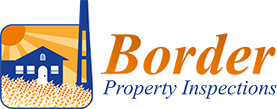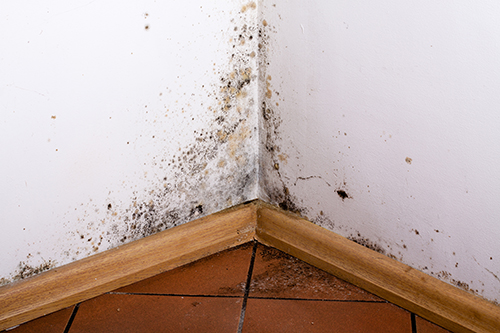Mold isn’t always on a homeowner’s radar, especially since it may not be as obvious as other problems. It is commonly found in basements, bathrooms, and areas where’s likely to be moisture. Mold can present health hazards for anyone living in your home. Here are five signs of mold in the home to keep in mind.
1. Top Signs of Mold in the Home Include Water Leaks and Flooding
Any area of your home where you’ve had water leaks or flooding can be a perfect environment for mold to grow. Mold develops in water-exposed areas below floors, underneath carpeting, and even behind the paint on your walls. Prime spots for mold in the home include:
• Areas behind and under leaky pipes
• Walls where there’s noticeable warping or paint peeling
• Attics or basements where standing water may go undetected for a while
Water stains and discoloration on flooring, ceilings, and along portions of walls are some of the other signs of mold in the home. Look for discoloration that returns to your walls after they’ve been repainted.
2. Condensation
Condensation can be found around windows that aren’t properly insulated or protected with weatherstripping. If you spot condensation in various areas of your home, it’s also a sign of high humidity. Use a dehumidifier to lower humidity levels. Be proactive about replacing worn weatherstripping around windows and doors to reduce condensation and related mold growth.
3. Odd Odors are Signs of Mold in the Home
Another one of the signs of mold in the home is a musty scent. The smell of mold is more likely to be noticeable in the summer and winter when you have windows closed for longer periods of time.
4. Visible Signs of Growth
Not all mold growth is difficult to spot. For instance, mold forming because of condensation on your windows could slowly spread to the frame where it’s clearly visible. Black molds, such as Stachybotrys, have hazardous effects on human health. Even a small spot of black mold shouldn’t be ignored since it can spread surprisingly fast. Other types of mold can be pink, green, blue, or white.
5. Unexplained Health Issues
One of the more worrisome signs of mold in the home has to do with your health. Mold spores can easily become airborne. Exposure to mold can cause coughing, sneezing, skin irritation, and watery eyes. You may also notice increasingly worsening symptoms if you have existing issues with allergies, asthma, or respiratory conditions.
If you notice any of these signs of mold in the home, you may be tempted to use bleach to get rid of it. However, this isn’t an effective way to clean up mold. Instead, create a borax solution and apply it to the affected areas. Properly dispose of any items that may have been contaminated by mold spores. Afterwards, make sure any moisture issues are fixed so the mold doesn’t return. In some cases, a mold infestation should be addressed by a professional, so order a mold inspection from a home inspector to learn what to do next.
Border Home and Property Inspections provides mold inspections and other home inspection services to the midwest of Alberta and Saskatchewan. Contact us to book our services.

